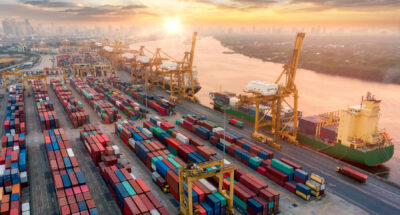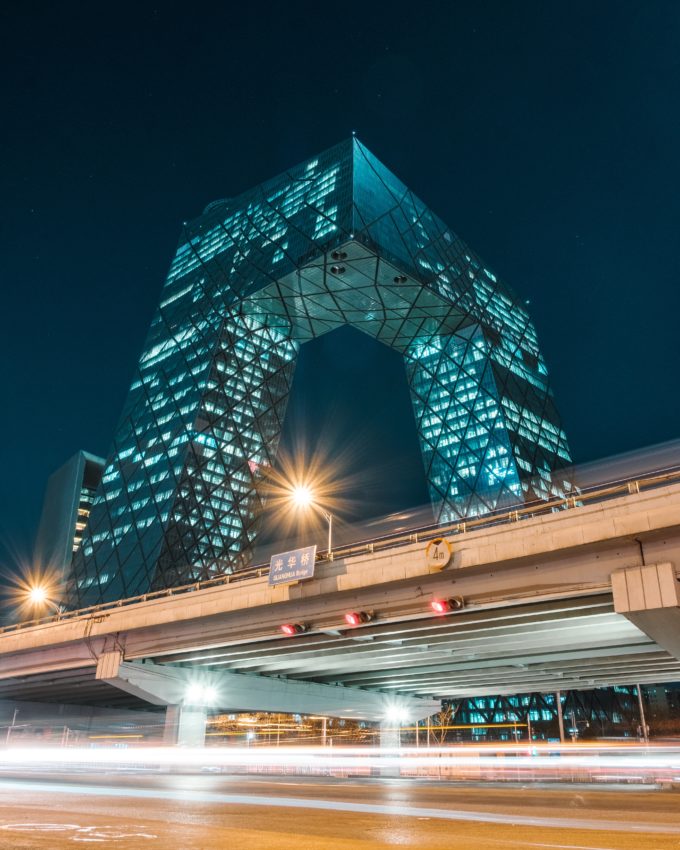
Building systemic resilience in supply chains
Turbulent times can leave businesses scrambling for measures to help them bounce back after disruption. But these actions may in fact increase overall supply chain fragility. ...

by Carlos Cordon Published 17 February 2022 in Supply chain • 5 min read
China’s “zero-COVID” strategy risks stretching further already tight global supply chains, threatening production of goods from smartphones to semiconductors and, ultimately, the earnings of multinational companies. Many executives are optimistic because pandemic restrictions are being lifted around the world; but there is a very important exception, China, which will continue to have a significant impact on global supply chains.
This should act as a warning to organizations. They should continue to regionalize supply chains and develop nearshoring, as well as increasing the supplier base, raising the level of inventory, and diversifying raw materials.
To contain the highly infectious Omicron coronavirus variant ahead of this month’s Winter Olympics, Beijing tightened control measures in late December, despite85% of its population being fully vaccinated. Researchers have found that China’s Sinopharm and Sinovac shots are ineffective against Omicron.
Even as the West eases restrictions, China’s battle to contain the pandemic risks dragging the supply chain crisis on until at least 2023.
Measures such as mandatory tests, stronger travel controls and local lockdowns have been imposed in Tianjin, a port city of 14 million people near Beijing, several cities in the central province of Henan (home to the world’s largest iPhone factory operated by Foxton of Taiwan), and the manufacturing clusters Zhongshan and Zhuhai, near Hong Kong.
What does this mean for the C-suite? The ramifications for multinationals are likely to be even more severe than earlier waves of the pandemic — because supply chains around the world are already reeling from shortages, delays and surging costs.
Carmakers Volkswagen and Toyota were forced to close factories in Tianjin last month. Factory production at Samsung and Micron, important semiconductor producers amid a shortage, has also been affected in Xian. The northern city was locked down for a month until late January, with authorities forcing 13 million people to stay indoors.

This is a taste of what is likely to come as Beijing sticks with its zero-COVID policy. But there are three ways that multinational companies and their managers can become better equipped to deal with disruption to their production capacity.
One solution is to find alternative production hubs with access to key supplies. Over the past two decades, the drive for efficiency saw multinationals move production to low-cost locations and consolidate orders to maximize economies of scale. China, with its low labor costs and manufacturing hubs, has been the biggest beneficiary of this trend. It became known as “the world’s factory”.
But the supply chain shock from the pandemic exposed the risks of consolidating production into one location, as shutdowns and shipping bottlenecks left companies without key components.
It’s time to rethink corporate strategy, because logistics problems have eroded the advantages of shipping products from half a world away. Not only are prices rising, but supply is more volatile too.
To counter parts shortages and shipping delays, it makes sense for multinationals to diversify their sourcing to create regional hubs with local suppliers. More reliable supply reduces price volatility —an advantage that has, among others, renewed interest in manufacturing in North America.
Holding more inventory is another part of the answer. Multinationals have long prioritized costs, keeping inventory to a minimum and using short-term flexible contracts so as to quickly adapt to shifts in demand.
The philosophy has been dubbed “just-in-time” production. I argue the emphasis should shift to “just-in-case”, whether that’s by extending the length of contracts with key suppliers, or by increasing critical inventory.
Toyota, for one, was able to mitigate the impact of the semiconductor shortage on its production by investing in two months’ spare inventories — a strategy the company picked up after a 2011 tsunami in Japan roiled production.
The prospect of a series of interest rate rises this year will sharpen concerns over up-front costs, not just for technology but also warehouse space
Toyota also invested in technology for greater visibility along the supply chain, so it has greater advanced warning of potential bottlenecks.
The prospect of a series of interest rate rises this year will sharpen concerns over up-front costs not just for technology but also warehouse space, with prices rising sharply. But these charges are likely to be dwarfed by production cuts: the auto industry alone could lose $60bn in sales this year because of the scarcity of chips, according to AlixPartners, a consultancy.
Another risk mitigation strategy is to broaden the range of raw materials, in order to tune operations for resilience in addition to performance. So shifting production methods depending on material availability can mitigate supply chain risks.
It is a strategy used effectively by Tesla, which became one of the first automakers to use silicon carbide chips to mass-produce vehicles, rather than plain silicon. The decision to make its own semiconductors using new materials in greater supply has allowed the company to avoid the supply disruptions that have crippled its rivals: Tesla reported a record net profit of $2.32bn in the fourth quarter.
So multinationals should be keeping a close eye on the course of the pandemic in China, they should be proactive and work in earnest to safeguard against lockdowns and restrictions ahead of time.

Professor of Strategy and Supply Chain Management
Carlos Cordon is a Professor of Strategy and Supply Chain Management. Professor Cordon’s areas of interest are digital value chains, supply and demand chain management, digital lean, and process management.

25 July 2024 • by Amanda Williams, Gail Whiteman, Knut Haanaes in Supply chain
Turbulent times can leave businesses scrambling for measures to help them bounce back after disruption. But these actions may in fact increase overall supply chain fragility. ...

4 July 2024 • by Ralf W. Seifert, Philip Sieber-Gasser in Supply chain
The sheer complexity of trade regulation and the risk of non-compliance mean companies are missing out on billions in tariff savings from Free Trade Arrangements (FTA) in their global supply chains. New...

24 June 2024 • by Carlos Cordon in Supply chain
In an era of unpredictability, businesses must take many more strategic decisions about supply chain management, say IMD’s Carlos Cordon and supply chain adviser Tariq Farooq ...

13 June 2024 • by Suzanne de Treville in Supply chain
Many executives recognize the value of local manufacturing but struggle to shake off the view that low-cost production is better for the bottom line. Exploring their options through simulations and competitive games...
Explore first person business intelligence from top minds curated for a global executive audience